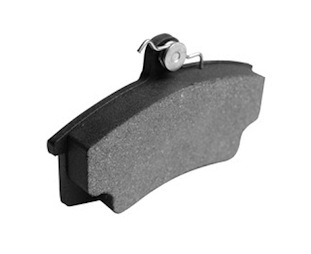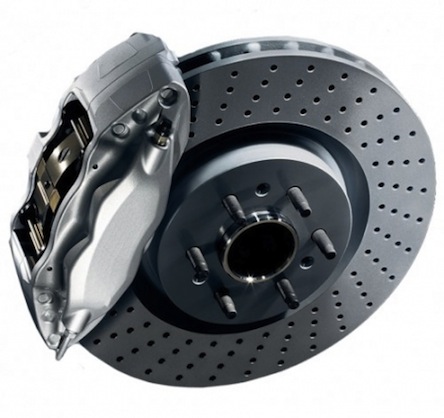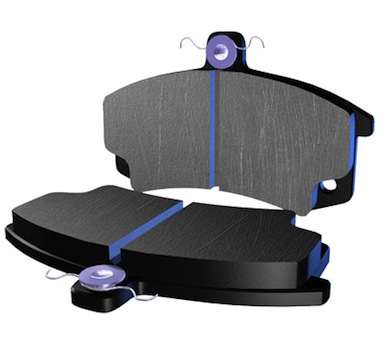When to change brake pads - it's time to change the pads
The normal operation of the brake system is a guarantee of the safety of you and your car. Brake discs (or drums) and brake pads are responsible for braking. In the instructions for the car, the manufacturer usually indicates when to change the pads. However, these guidelines refer to ideal conditions:
- smooth roads without potholes and potholes;
- all wheel axles are constantly under the same load;
- temperature regimes do not change very much throughout the year;
- the driver does not have to press the brake to failure.

If the operating conditions of the car do not meet the ideal, then waiting until the mileage exceeds the mark of 20 or 30 thousand kilometers and proceeding to replace the pads can be very dangerous. Moreover, the wear of the pads will also affect the safety of the brake discs and cylinders, which will probably also have to be changed, and it will not be cheap, even if we are talking about a domestic car.
Based on this, it is necessary to pay attention to the signs indicating the wear of the brake pads:
- during braking, a characteristic screeching sound is heard;
- even when you do not slow down, a creak is heard;
- during braking, the car leaves the straight course, it carries to the left or right;
- the brake pedal starts to vibrate when you press it;
- the pressure on the pedal becomes softer;
- the wear of the rear wheel pads is evidenced by the fact that the car is not put on the handbrake, even if the cable is fully tensioned.

In order not to experience all the above inconveniences on yourself, it is enough to check the condition of the brake pads from time to time. If you are the owner of a modern expensive foreign car, then most likely a message about the need for replacement will be displayed on the on-board computer screen.
To check the condition of the pads, you can measure their thickness through the caliper window. It is usually indicated to what value the pads should wear out as much as possible - the thickness of the friction lining layer should not be less than 2 millimeters. Measurement can be made with an ordinary caliper. In some models, it is better to completely remove the wheels to assess the condition of the pads.

If you notice that as a result of an uneven load on the wheel axles, only one pad is subject to replacement, then you still need to completely change the pads on one axle. It is advisable to buy pads from the same batch and from the same manufacturer, because different chemical composition can lead to uneven wear.
Pad wear characteristics taken from cars:
WHA: 2110, 2107, 2114, Priora, Kalina, Grant
Renault: Logan
Ford: Focus 1, 2, 3
Chevrolet: Cruz, Lacetti, Lanos
Loading…

